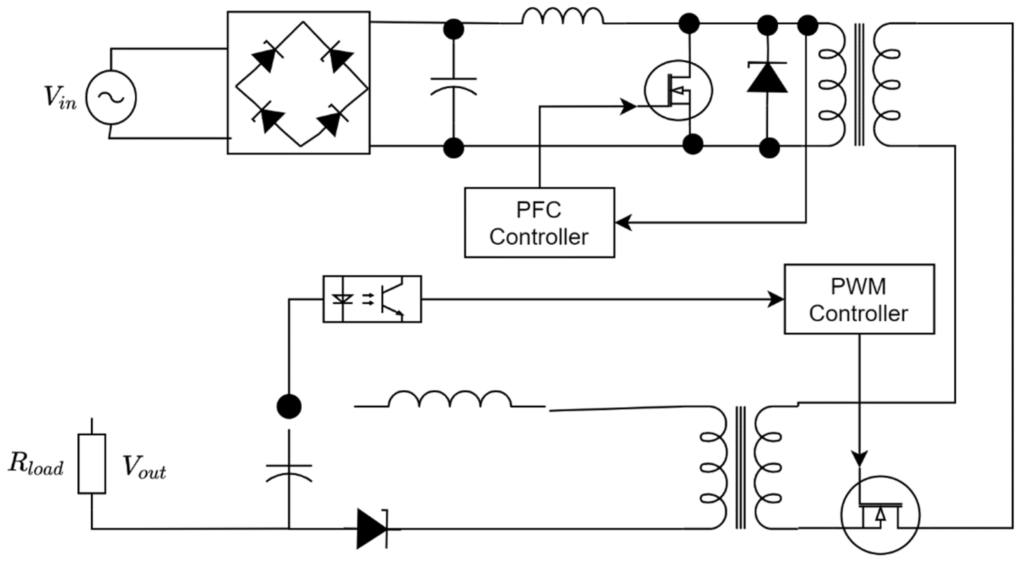SMPS Current Sharing Techniques – Easy Tips for Reliable Power

Switch Mode Power Supplies (SMPS) are great for powering everything from Arduino boards to industrial controllers. But when your load exceeds a single SMPS unit’s rating, the solution is to parallel multiple SMPS units—and that’s where current sharing becomes important.
⚠️ The Problem: Uneven Load Sharing Can Overload One SMPS
If you connect two SMPS units in parallel without any control, one may supply more current than the other, causing overheating or failure. This happens due to slight voltage mismatches between the units.
✅ The Solution: Use Droop Sharing or Active Current Sharing
For DIY and prototyping, droop sharing is the simplest. Here, a small resistor is added in series with each output, creating a voltage drop proportional to the current. This naturally balances the load.
More advanced setups use active current sharing controllers to monitor and adjust current precisely—ideal for industrial applications.
🧮 Sample Calculation: Droop Resistor Sizing
Let’s say two 5V SMPS units each provide 5A max. To drop 0.1V at 5A:
R = V/I = 0.1V / 5A = 0.02Ω
Use a 0.02Ω, 5W wire-wound resistor rated for power dissipation.
🛒 Product Suggestion: Made in India Components
Use trusted local components:
Shop now at SmartXProKits.in — your source for Make in India prototyping tools.
Support our work and India’s innovation—buy from our Make in India site!



















